Species Photo Gallery for Thionia quinquata No Common Name 14 |
 | Photo by: Margarita Lankford
Orange Co.
Comment: https://www.inaturalist.org/observations/119471793 | 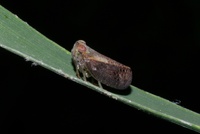 | Photo by: Scott Bolick
Guilford Co.
Comment: |
 | Photo by: Scott Bolick
Guilford Co.
Comment: ID supported by C. Bartlett |  | Photo by: Ken Kneidel
Mecklenburg Co.
Comment: captured during sweep of low vegetation bordering athletic field |
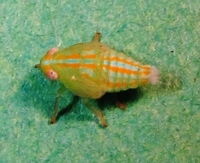 | Photo by: Ken Kneidel
Mecklenburg Co.
Comment: captured during sweep of low vegetation bordering athletic field |  | Photo by: Ken Kneidel
Mecklenburg Co.
Comment: captured during sweep of low vegetation bordering athletic field |
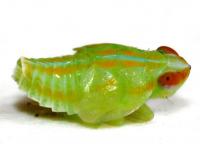 | Photo by: Kyle Kittelberger, Brian Bockhahn
Moore Co.
Comment: sandhills (pine forest) habitat with lots of shrubby vegetation; notice how far the nose juts out (compared to T. simplex) | 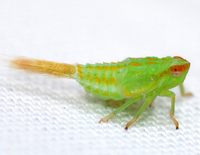 | Photo by: Kyle Kittelberger, Paul Scharf
Gates Co.
Comment: grassy, brushy habitat and mixed hardwood, cypress forest; nymphs |
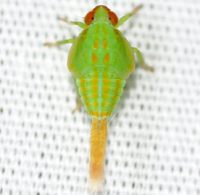 | Photo by: Kyle Kittelberger, Paul Scharf
Gates Co.
Comment: grassy, brushy habitat and mixed hardwood, cypress forest; nymphs |  | Photo by: Kyle Kittelberger, Brian Bockhahn
Moore Co.
Comment: sandhills (pine forest) habitat with lots of shrubby vegetation; notice how far the nose juts out (compared to T. simplex) |
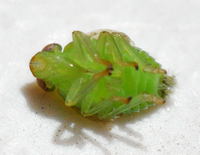 | Photo by: Kyle Kittelberger, Brian Bockhahn
Moore Co.
Comment: sandhills (pine forest) habitat with lots of shrubby vegetation; notice how far the nose juts out (compared to T. simplex) |  | Photo by: Kyle Kittelberger, Brian Bockhahn
Vance Co.
Comment: mixed hardwood forest edge near grassy areas |
 | Photo by: Kyle Kittelberger, Brian Bockhahn
Vance Co.
Comment: mixed hardwood forest edge near grassy areas |  | Photo by: Kyle Kittelberger, Brian Bockhahn
Vance Co.
Comment: mixed hardwood forest edge near grassy areas |
|

 »
»

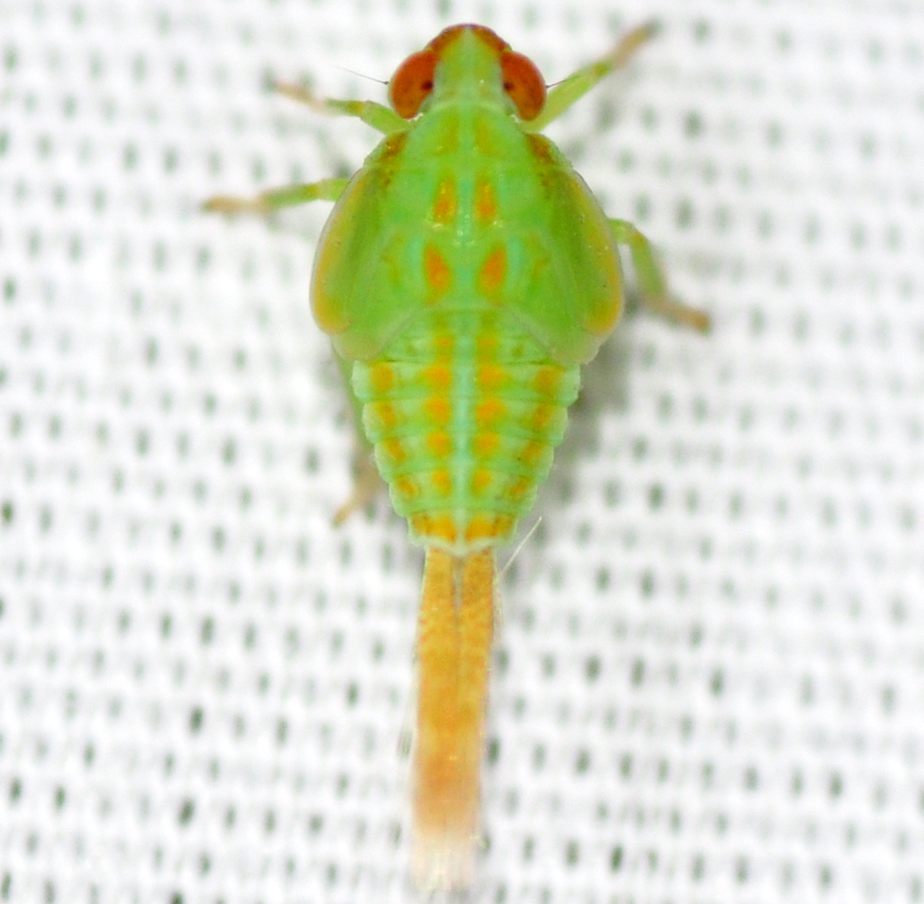


 »
»


